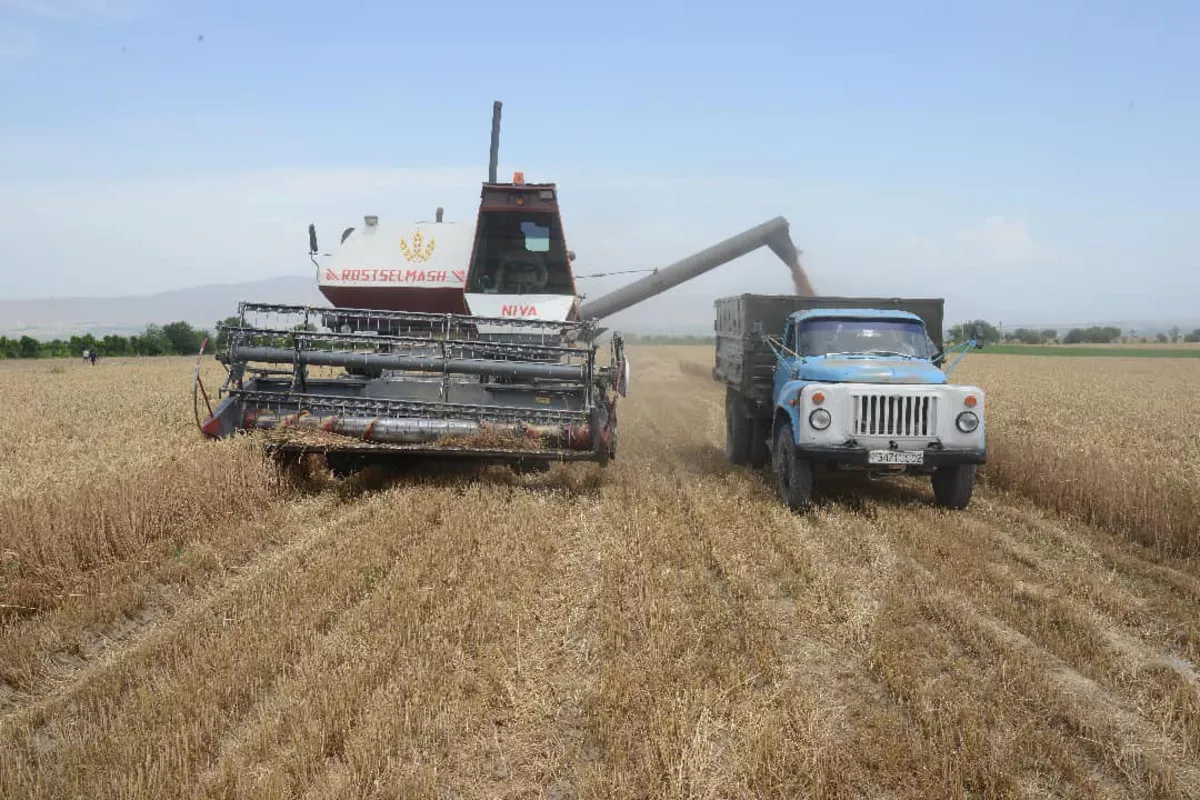
Tajikistan has harvested over 550,000 tons of wheat since the start of the 2025 harvest season, with approximately 164,000 hectares harvested as of July 25.
This year, wheat was sown on 197,825 hectares, yielding an average of 3.44 tons per hectare, The Caspian Post reports per Tajik media.
The harvest involved 1,078 combine harvesters. The total grain harvest across all cereals reached around 670,000 tons, with an average yield of 3.04 tons per hectare, slightly below last year’s 685,000 tons harvested by early July 2024.
Looking ahead, Tajikistan’s agricultural sector expects steady growth in grain production over the next three years, with forecasts predicting an average annual increase of 2.5 per cent from 2026 to 2028. This growth will be supported by expanded farmland, modern agricultural technologies, and government backing for farmers.
Wheat, a strategic crop, is projected to grow even faster, with production estimated at 930,000 tons in 2026-an increase of 2.7 per cent from 2025-rising to 957,000 tons (+2.9 per cent) in 2027 and 986,000 tons (+3.1 per cent) by 2028.
Despite these gains, domestic wheat supply remains insufficient to meet demand, leading to continued reliance on imports. Wheat imports are expected to reach 1.156 million tons in 2026, up 5.7 per cent from 2025, and increase further to 1.227 million tons (+6.1 per cent) in 2027 and 1.308 million tons (+6.6 per cent) by 2028. Rising consumption in food processing and households drives this demand for stable foreign supplies.
Conversely, imports of wheat flour are declining due to growth in local processing and milling capacities. Flour imports are forecasted to fall to 59,000 tons in 2026 (down 7 per cent), with further reductions to 56,000 tons (-5.6 per cent) in 2027 and 51,000 tons (-9.1 per cent) by 2028.
Share on social media